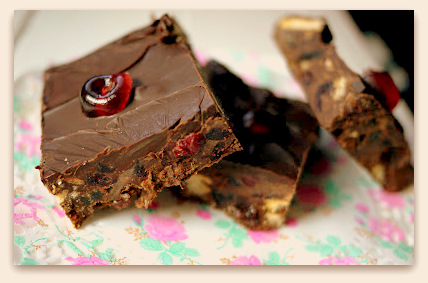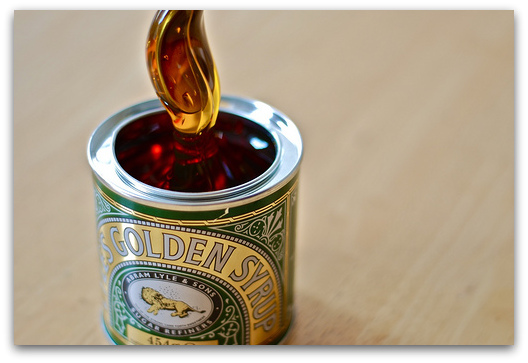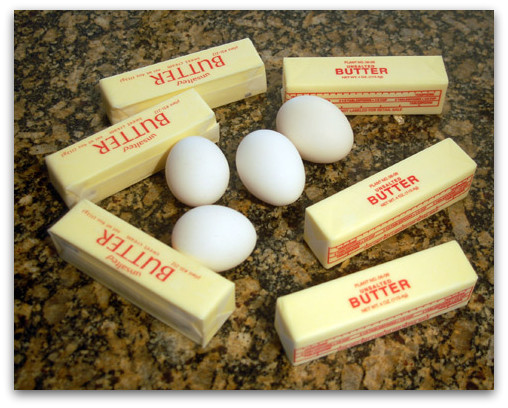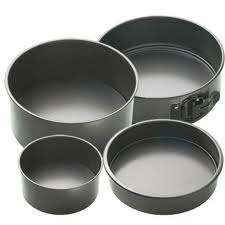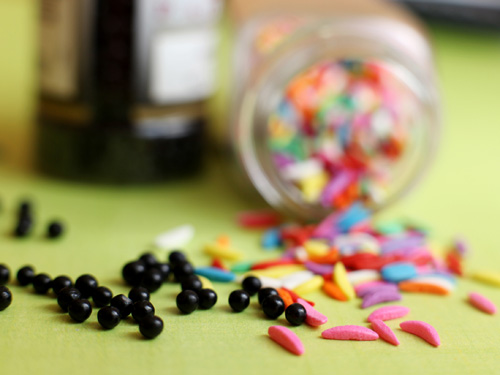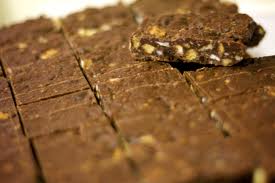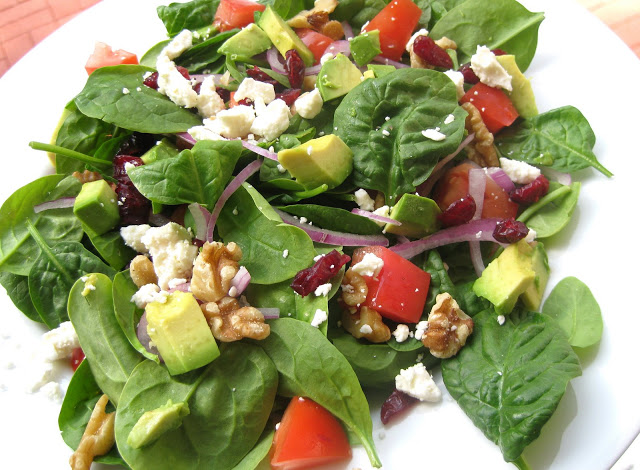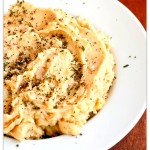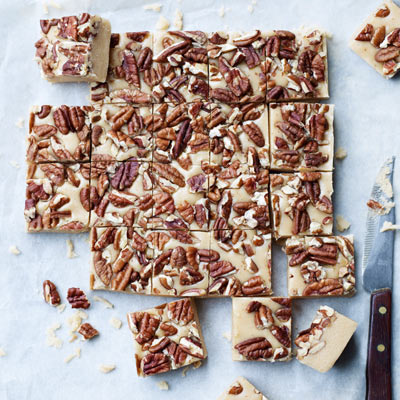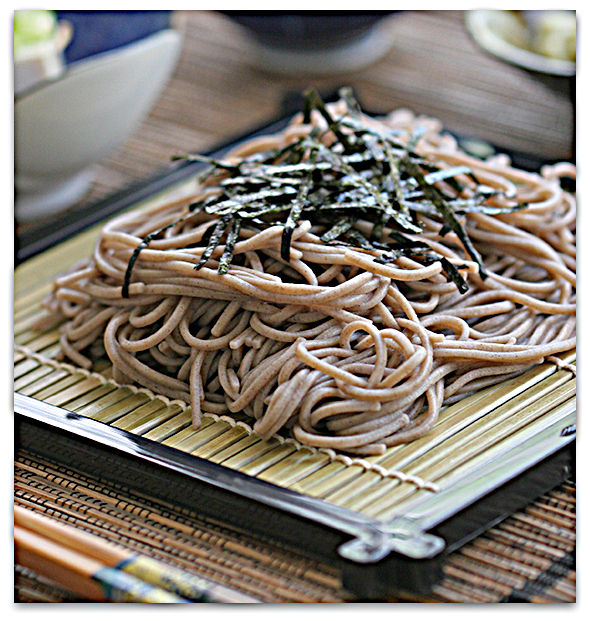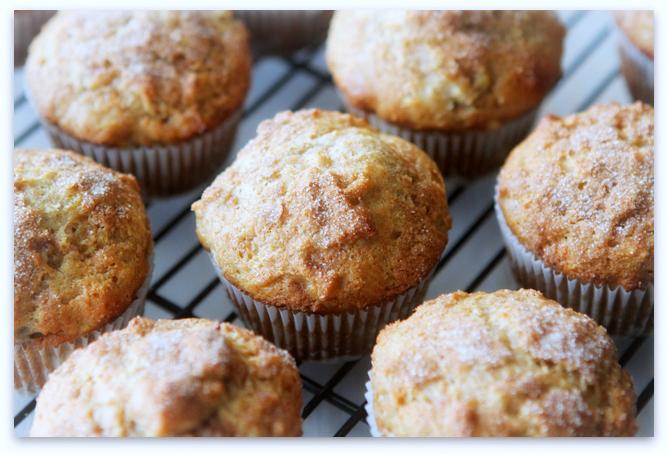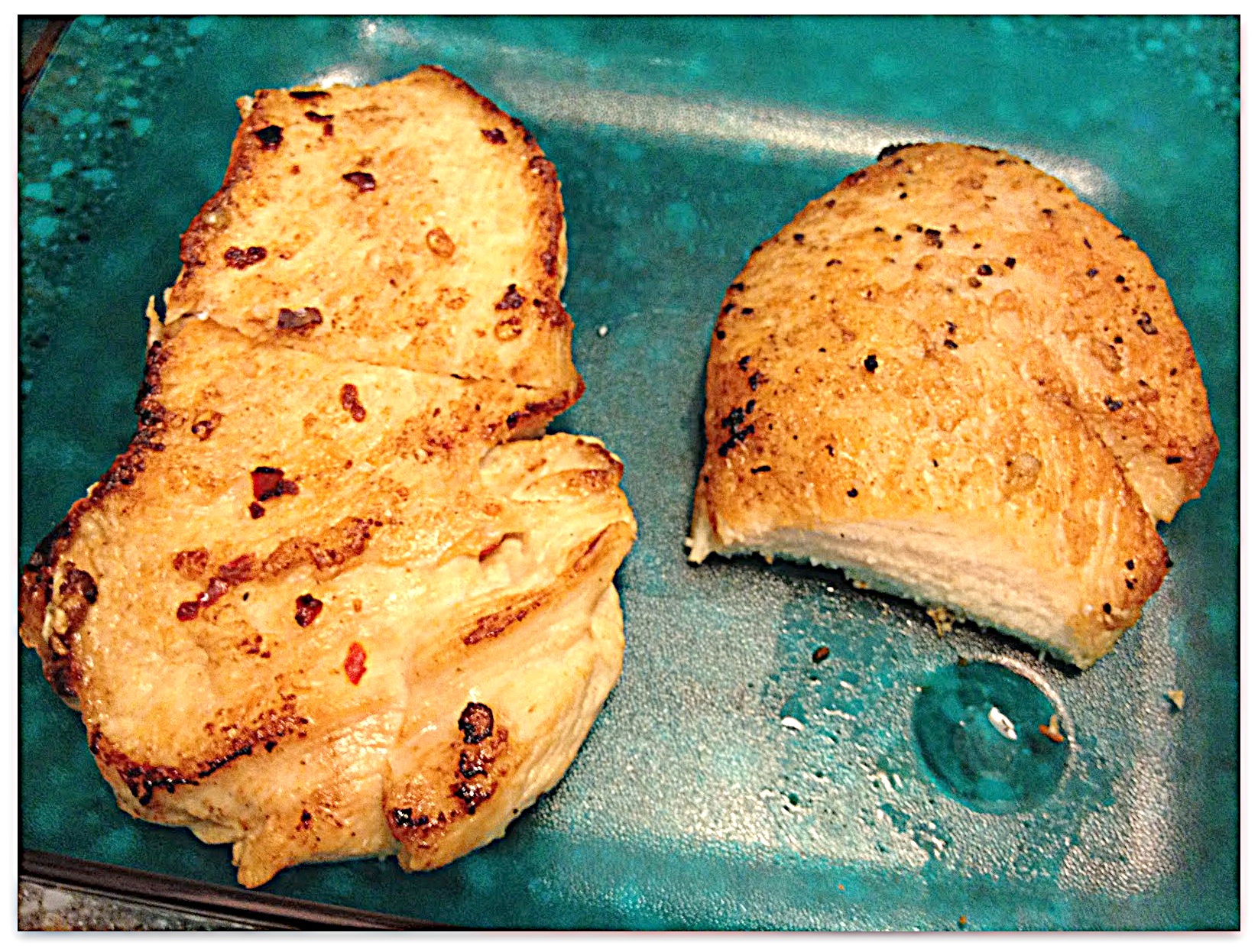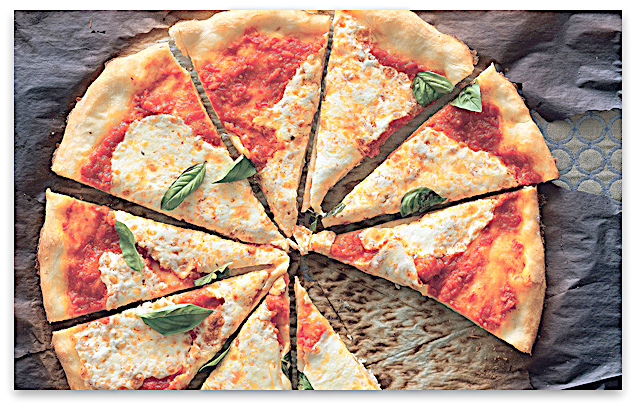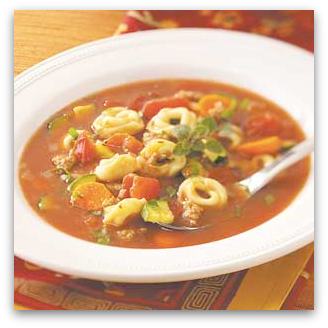I don’t think there is another bake in the entire universe that has as many names as this one.
For some, it is a Fridge Cake. For others, a biscuit cake. All through my childhood we called it ‘Choccy Wokky Do-Dah’. My friend calls her version ‘My Easy-Peasy Cake for People Who Don’t Bake’ Cake. And it goes by the name ‘Tiffin’ in some circles and has even been referred to as ‘Cold Dog Biscuits’ (I think I prefer our childhood name just a teensy bit more).
So flippin’ confusing.
But the common thread is that this is a non-bake, cake-like creation comprising of crushed biscuits, syrup, chocolate and dried fruit. Marshmallows, Rice Krispies, Maltesers, meringue and all manner of other additions can also be stirred in.
And boy is it good.
So good in fact, Prince William requested it as his wedding cake.
(Well, second wedding cake. The first was a far more fancy, traditional affair).
Ice-cream sundaes aside, fridge cake is the perfect treat for this time of year: cold, easy to make with kids, adaptable to whatever’s in the cupboard (who wants to spend the summer in a checkout queue?) and you don’t even have to put the oven on. Perfect.
In fact, so hopelessly delicious are these cakes that Prince William asked McVitie’s to make him an enormous version for the royal wedding, using 1,700 biscuits and 40lb of chocolate. Reports suggested it was a childhood favourite of the prince when visiting his granny, and indeed, Darren McGrady, “personal chef to Queen Elizabeth II; Diana, Princess of Wales; and Princes William and Harry for 15 years” describes it on his website as “Her Majesty the Queen’s favourite afternoon tea cake by far”. So we’re in fancy company.
I’ve never met a fridge cake I didn’t warm to, but some are more delicious than others. They can be too sweet for the heat or so buttery they melt on contact with hot fingers and faces. They can crumble under the knife, or set so hard you need a cleaver. So how do you make the perfect version? And can anyone eat more than five pieces?
The chocolate
The most important element. Most recipes use plain chocolate, which gives a rather bitter character: delicious, yes, but probably a bit too serious for those of us still high on the end of term. Tom Norrington-Davies uses cocoa powder instead in his book Just Like Mother Used to Make, but although the flavour is good, the mix itself is too thin – all it does is stick the biscuits together, while I’m after a thick chocolate that oozes between the cracks and sets into a solid wodge of deliciousness.
Annabel Karmel’s half-and-half mix of plain and milk chocolate seems the way to go: milk chocolate alone would be too rich and sickly, especially given the other ingredients, but a combination offers the perfect balance.
A famous Chef “ices” his cake with melted chocolate, which should give it a lovely smooth finish, though when the temperature outside is pushing 33C, it doesn’t quite work for me. I also find it too rich, but everything’s relative, and I’m not the Queen.
Sweeteners
Golden syrup is the most popular option here. The stickiness acts as a glue to bind the ingredients together, while the slightly caramelised flavour is more interesting than plain old sugar. McGrady uses granulated sugar, which gives his cake a slightly grainy, crunchy finish – if this sounds like it might float your boat, you could use demerara, but I’d prefer to keep the chocolate binding as smooth as possible, and leave the crunchiness to the other ingredients.
I’m not sure you need quite as much syrup as Karmel suggests (150g to 300g chocolate, in contrast to Annie Bell’s 1.5tbsp in her Baking Bible), especially as we’re using milk chocolate, which is sweeter than plain. Reducing the sweetness here will also create a more interesting contrast to the sweet fruit and biscuits we’ll be adding later.
Butter and eggs
Most recipes melt the butter along with the chocolate, but Geraldene Holt creams hers with an egg yolk before adding for her very dark and sophisticated chocolate cracker cake in her book Cakes (pdf), and McGrady beats his with sugar until fluffy, as if he’s making a sponge cake, and then adds egg.
Both of these set far better than the other recipes I try, presumably thanks to the eggs, which is helpful at this time of year: otherwise they can become a little greasy once out of the fridge.
Shape
Holt rolls her cake into a sausage and decorates it with flaked chocolate, but then it is a Christmas cracker. McGrady makes his in a cake tin, as does Norrington-Davies, but I think it’s simpler to use a square brownie tin, so you can cut the finished cake into squares without too much waste. Although waste, of course, is the cook’s treat.
Additions
The only limit when it comes to flavourings is your imagination – or what you happen to have in the cupboard. But here are a few ideas …
First of all, you need something crunchy: Holt uses only nuts and fruit, and her cracker (which is aimed at a festive audience, rather than a ravenous pack of children) is rather too dense and rich as a result. Lovely, but you couldn’t eat much more than a slice, let alone five.
Bell and Karmel uses digestives, McGrady Rich Tea and Norrington-Davies amaretti, explaining that, as childhood versions included digestives and almond essence, he decided to combine the two by using the tiny, Italian almond-flavoured biscuits. Digestives work better than Rich Tea, which are a bit dry and dull (only good, in my opinion, for dunking), while amaretti are nice and crunchy, but too sweet and full-flavoured for this particular recipe.
As Karmel invites the reader to “pick and mix the fillings to suit your taste”, I decide to substitute her digestives for Rice Krispies, for the sake of nostalgia. They make the cake much lighter, but can go a bit soggy, so I’m going to stick with biscuits. (The best digestives I find are Doves Farm’s organic wholemeal versions – quite widely available, and with a more interesting texture than the standard variety.)
McGrady and Norrington-Davies add nothing further, but I think the secret of a good fridge cake is, as the advertising slogan for a certain breakfast cereal used to have it, is the prospect of “never the same bite twice” – which means sticking in as many different ingredients as you’ve got room for.
Dried fruit should, for my taste, be used relatively sparingly, however: it’s so sweet that you risk overkill, especially given you’re encasing the whole lot in chocolate. Glacé cherries, as used by Bell and Holt look pretty, but are far too sugary: chopped apricots, figs, dried mango or pineapple are preferable. I like Holt’s mixed peel though, which adds a welcome, slightly bitter note.
Bell soaks her raisins in Cointreau or orange juice before adding them – I love the little pockets of juiciness this creates in the cake.
Nuts add yet another texture – I think crunchy flaked almonds, as used by Holt, are my favourite, but Karmel’s pecans are also tasty, and I love the contrast provided by the salted peanuts I stick in for good measure.
Having already written far more than I meant to on the subject, I’m going to conclude by admitting you can go for whatever mixture you fancy: just keep adding stuff until you can’t see any excess chocolate in the bottom of the bowl. There should be just enough to coat the other ingredients, but not much more – such simplicity is one of the joys of fridge cake. Although not the main joy: that’s eating it.
How to make the perfect fridge cake
(Makes 25 squares)
200g of your favourite dried fruit, chopped into raisin-sized bits
150ml orange juice (or rum, whisky or Cointreau for grown-ups)
200g digestive biscuits
150g dark chocolate
150g milk chocolate
120g butter, at room temperature
1tbsp golden syrup
1 egg yolk
50g mixed peel
100g flaked almonds or other nuts, chopped
Put the chopped fruit into a small pan along with the juice or alcohol and heat very gently until the fruit becomes plump and squishy, and has absorbed most of the liquid. Set aside to cool. Break the biscuits into small pieces.
Line a roughly 20cm square brownie tin with baking paper (you can use a little butter to stick it down at the corners).
Break the chocolate into pieces by whacking the sealed packets against the kitchen counter. Put a heatproof bowl above, but not touching, a pan of water and bring to the boil. Tip the chocolate into the bowl, turn down the heat, and stir until the chocolate has melted. Take off the heat and allow to cool slightly.
Meanwhile, put the butter in a large mixing bowl with the syrup and use a wooden spoon, or electric beater, to beat them together until they’re soft and a bit fluffy. Add the egg and mix in well.
Beat the chocolate into the butter mixture, then tip in the rest of the ingredients and stir until they’re all coated with chocolate.
Spoon the mixture into your baking tin and press down firmly with a wooden spoon to make it as flat as possible.
Put in the fridge for a few hours until it has set solid, then lift the paper out, and cut into squares with a sharp knife.
Store in an airtight container in the fridge





